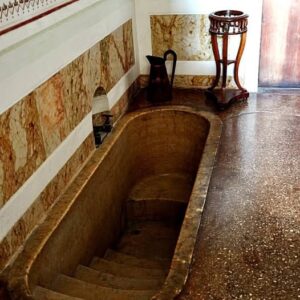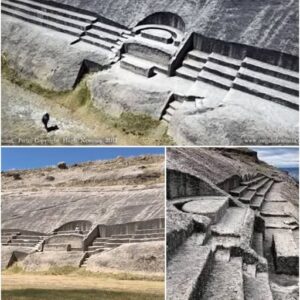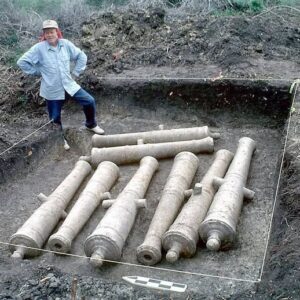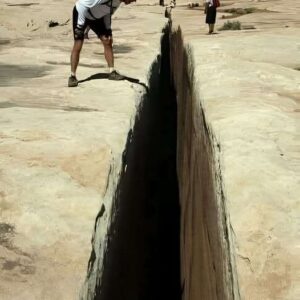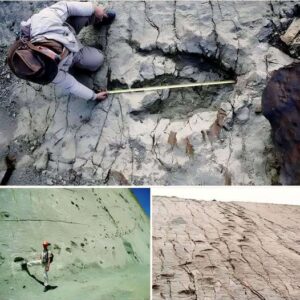The Stone of the Pregnant Woman, the largest stone ever quarried by man, is a testament to the incredible craftsmanship and engineering skills of ancient civilizations. Situated in Baalbek, Lebanon, this colossal monolith is estimated to have been extracted from the quarry around the first century B.C.
Measuring an impressive 21.5 meters in length, 4.8 meters in width, and 4.2 meters in height, the Stone of the Pregnant Woman is a breathtaking sight to behold. Its sheer size and weight, estimated to be between 1,000 to 1,200 tons, boggle the mind and leave observers in awe of the ingenuity of those who carved and transported it.

The precision with which this massive stone was shaped and positioned is a marvel in itself. The ancient builders must have possessed not only great strength and determination but also a profound understanding of mechanics and architecture. The fact that such a colossal stone was moved and integrated into the construction of the ancient city of Baalbek speaks volumes about the skill and craftsmanship of its creators.
The Stone of the Pregnant Woman stands as a symbol of human ambition and achievement, a reminder of the incredible feats that our ancestors were capable of. Its presence in Baalbek, a site known for its stunning Roman ruins, adds to the mystique and allure of this ancient city.
Visitors to Baalbek today can witness firsthand the monumental scale of the Stone of the Pregnant Woman and marvel at the engineering prowess of those who came before us. It serves as a tangible link to the past, connecting us to the legacy of ancient civilizations and inspiring awe and wonder in all who behold it.
In conclusion, the Stone of the Pregnant Woman is not just a massive monolith; it is a testament to the creativity, skill, and sheer determination of the ancient builders who shaped it. Its presence in Baalbek continues to fascinate and captivate visitors, offering a glimpse into the remarkable achievements of civilizations long gone.
